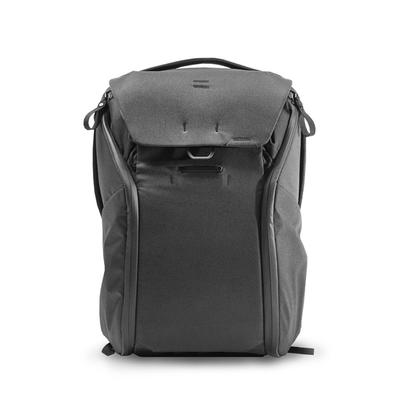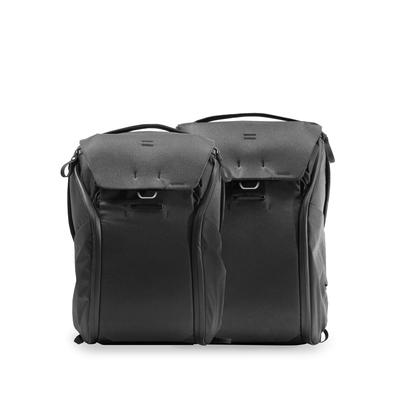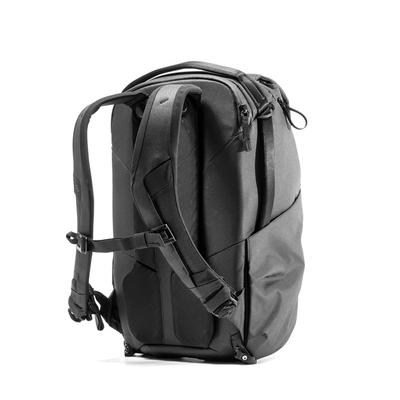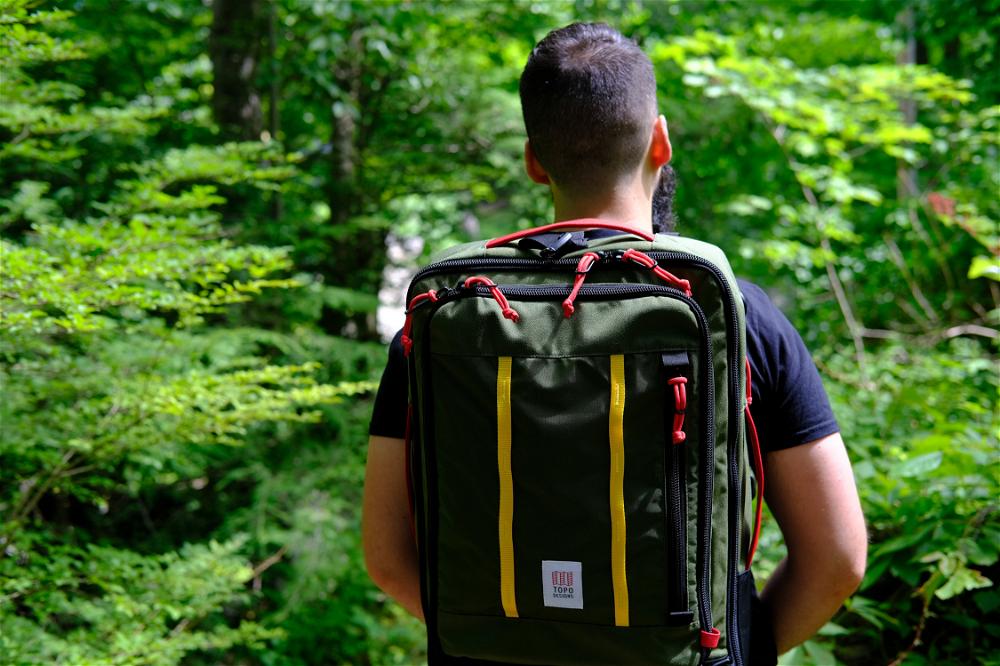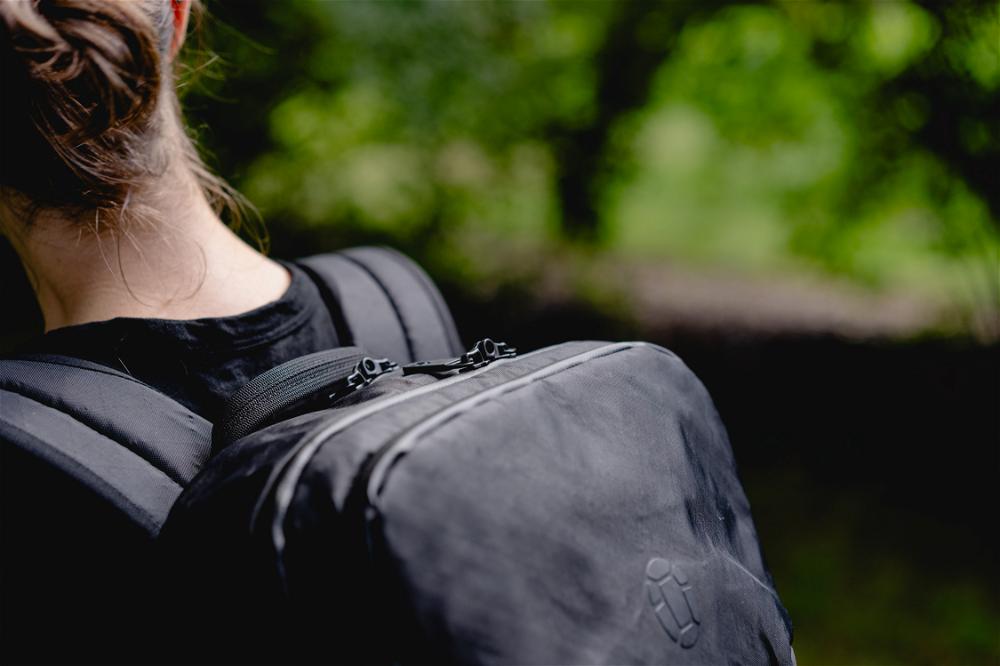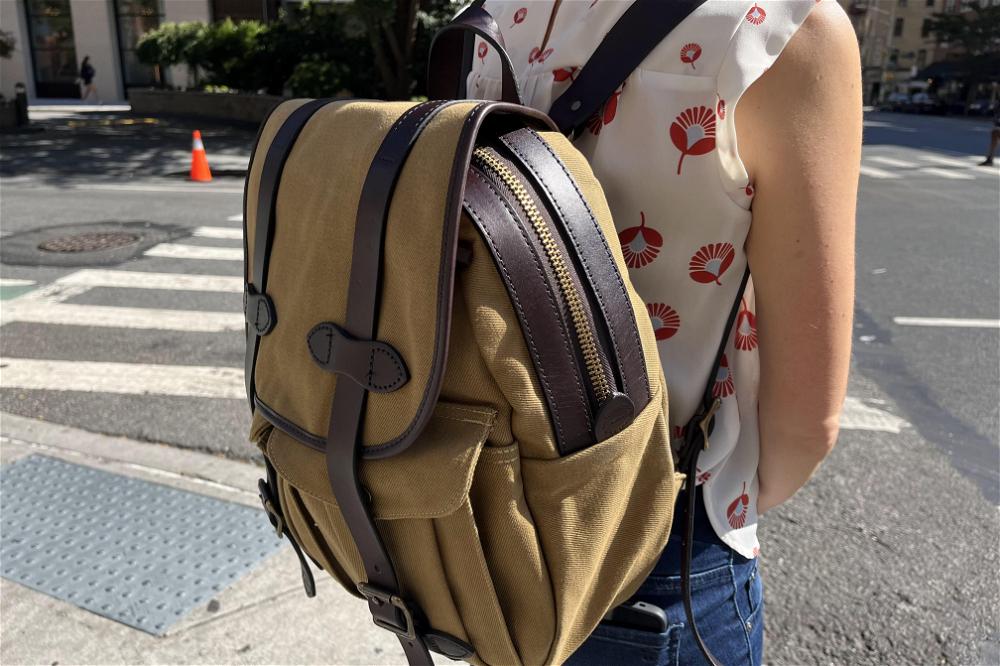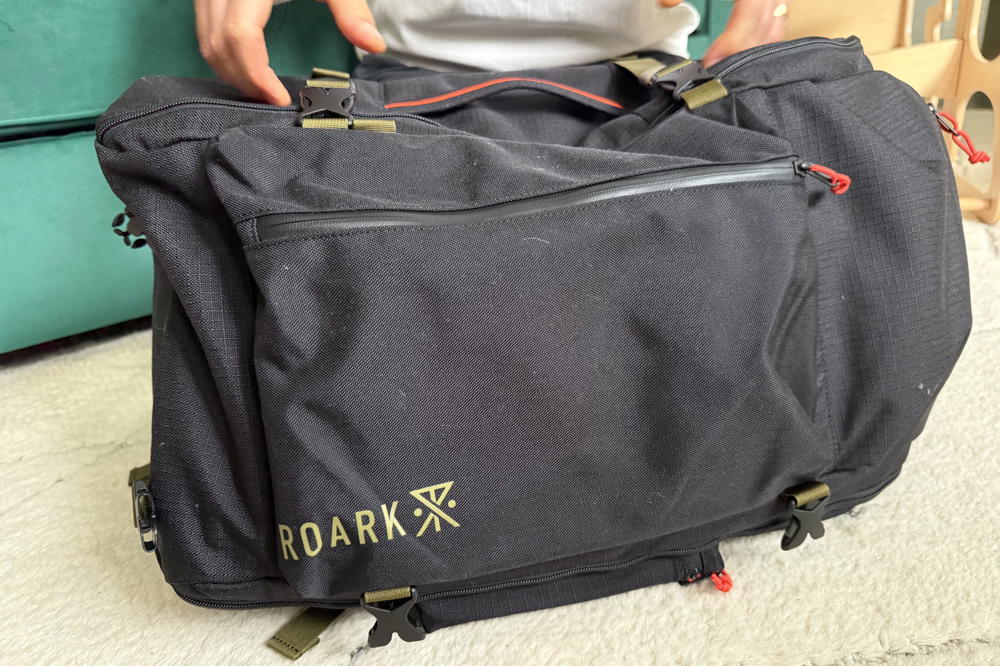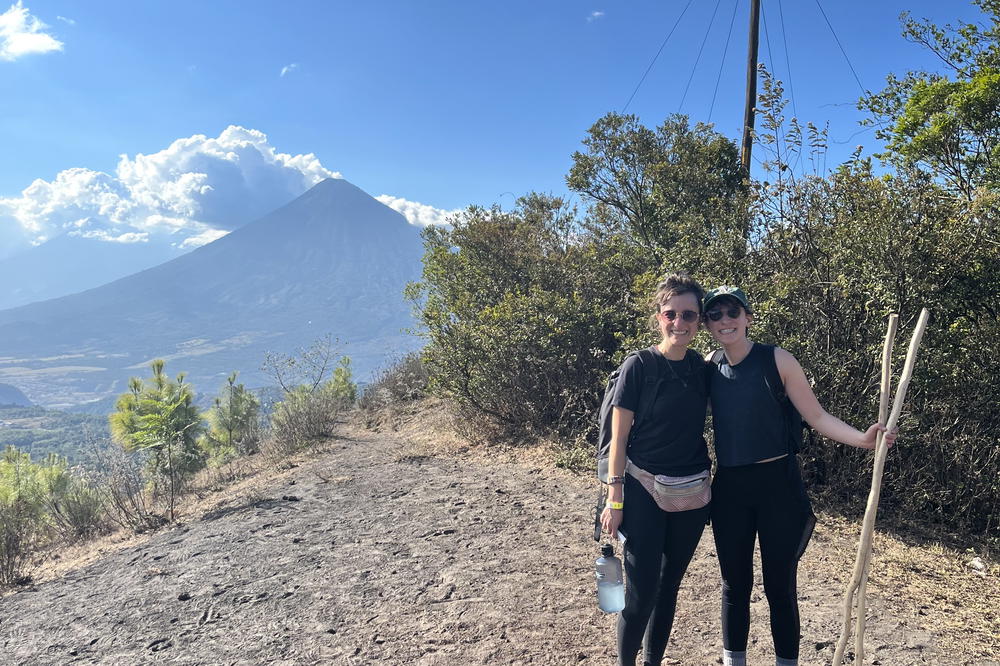Peak Design Everyday Backpack Review: Travel & Photography Favorite
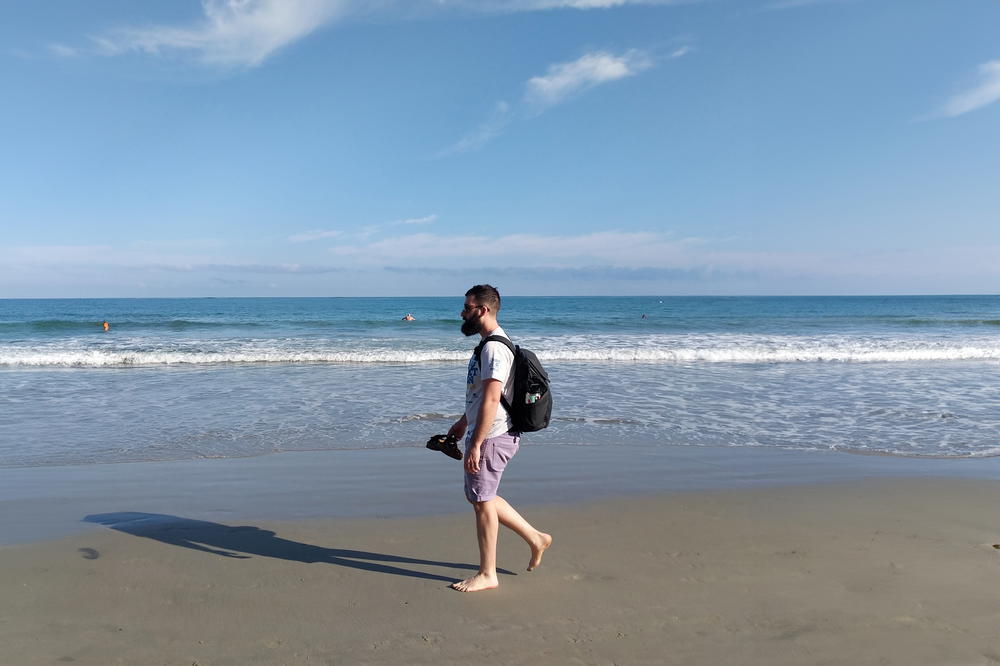
The Peak Design Everyday Backpack is my go-to for traveling, photography, commuting and business trips. Read into this review to see why this Peak Design bag is one of my favorites.
This article may contain affiliate links. We earn a small commission when you purchase via those links — at no extra cost to you. It's only us (Becca & Dan) working on this website, so we value your support! Read our privacy policy and learn more about us.
As my top-performing travel and photo bag, the Peak Design Everyday Backpack checks a lot of boxes for me. I’ve been using it since the bag was launched, and bought it for myself to be a durable and trusty travel backpack that would safely hold my photo gear.
While I got it for this use case, it has turned into a backpack with all sorts of personalities for me. It’s a day bag, it’s a photo shoot backpack, it’s a travel personal item and it’s a hiking daypack. It does all these things with all its functional features that perform like clockwork.
To see more about this backpack, head into my review that follows, and make sure to reference my photos through the years of my wearing the Peak Design Everyday Backpack all over the world.
I bought the Peak Design Everyday Backpack in the 20L size for myself several years ago, and all thoughts, photos and experiences in this review are 100% my own.
Peak Design Everyday Backpack
4.71 / 5
The Peak Design Everyday Backpack is Dan's top-performing travel and photography bag with exceptional versatility, weatherproofing and thoughtful design features that make it perfect for daily carry, business trips and photography shoots.
What to know
Peak Design’s Everyday Backpack has already lived lots of lives for me, and I’ve (only) had it half a decade. I got it as my first brand-name high-quality photography and travel backpack that I expected to last a lifetime.
And I have not been disappointed.

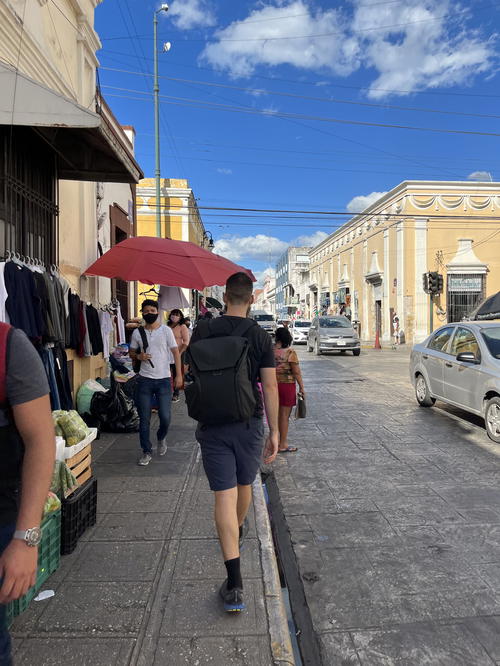
The Peak Design ergonomics, quality, materials and functionality have been smooth, even to a point where I want to talk all about this backpack if someone asks. When I’m out in NYC, or sightseeing around the world, and I see someone else with the PD Everyday Backpack, I know that they too are benefitting from the incredible qualities of this travel backpack.
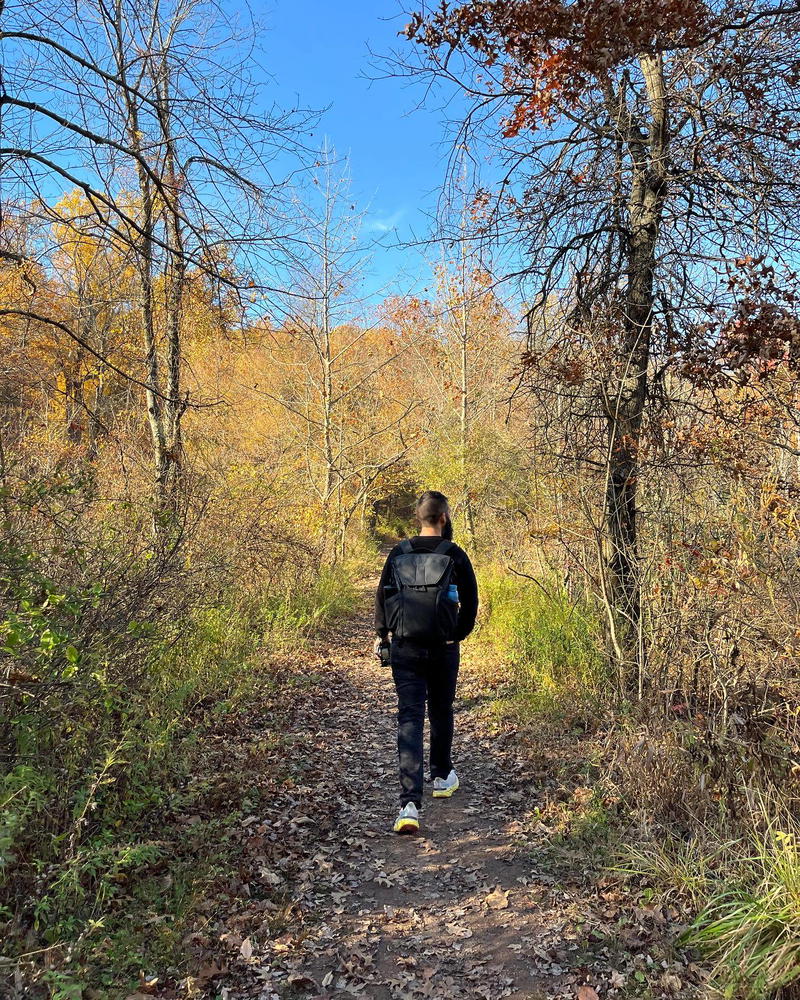
There’s a reason it’s iconic: it’s a backpack that I notice, when I’m in the airport, or on the train. It has a special look to it, with the fold-over flap and clasp, to the two side access zippers and the sleek fabric-like details that only Peak Design can produce. To see more about Peak Design’s unique features and highlights, head to my Peak Design brand review.
In the next section, find out about my pros and cons for this backpack.
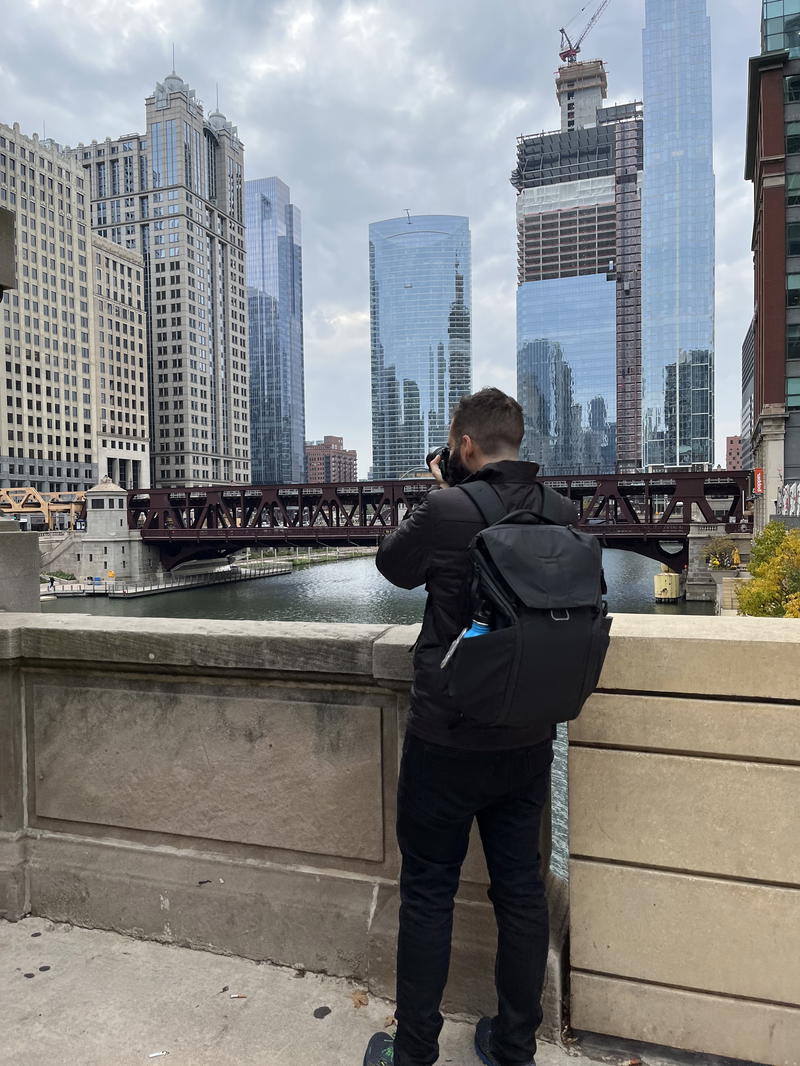
Pros and cons
I mostly find that the pros far outweigh the cons for the PD Everyday Backpack, which is why I’ve been using it for years and years as a bag I trust.
Pros
- Interior: The divider system is crucial for photography, and it’s where I’ve been able to safely store camera bodies, lenses and accessories in an organized manner.
- Exterior: The weatherproof nylon has kept my valuables and photography essentials safe and dry during unexpected rain.
- Ergonomics: The shoulder straps have supported dense weight I’ve had inside, so that I’ve been able to wear this backpack before, during and after photo shoots outside, and on day hikes.
- Travel aspects: I used the suitcase trolley pass-through and all the grab handles during flights, bus rides, train journeys and road trips. I’ve done it all with this backpack.
- Ambidextrous design: I have some backpacks that have a water bottle only on one side, or a deeper zipper on one side. This backpack is symmetrical, and works equally for righties and lefties.
And that’s just the beginning. I could go on and on, so you’ll have to keep reading.
Cons
- While this backpack is totally unisex, the straps sit a bit too wide for Becca, who is petite and 5’2” with no way to make them narrower.
- Some people may think that 20L is too small for their daily carrying volume, and 30L is too big. This backpack doesn’t yet come in a 25L size, so it’s really only these two choices.
- For some reason, the Ash Gray color choice is not available in the larger size of 30L.
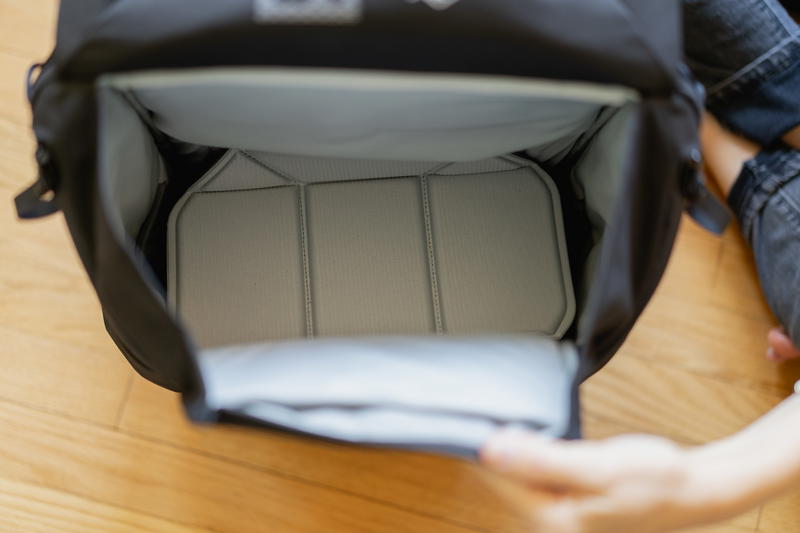
How I’ve used this backpack (and how it went)
I think you’ll be amazed to learn about how many different ways I have used the Everyday Backpack. It has become an integral part of both my travel setup and my photography setup, with a few things in between.
Travel
I’ve taken this backpack (in the 20L size) to the top of the Empire State Building, and to the Temples of Bagan in Myanmar. I’ve packed it for a trip to the Adirondack Mountains of New York, and to multiple trips in Mexico. Most recently, my Everyday Backpack was my laptop backpack on a business trip to Texas.
For travel, I typically pack it as a personal item for the flight, and then use it as a daypack when Becca and I are walking around global cities or going for hikes out in nature. I’ve even worn it at the beach in the Dominican Republic.
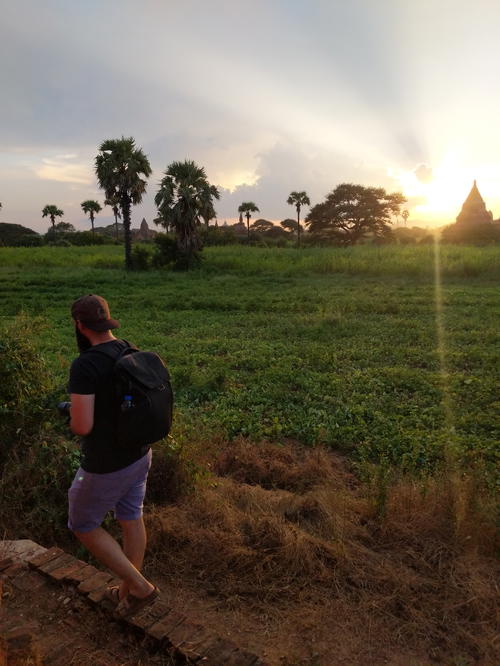
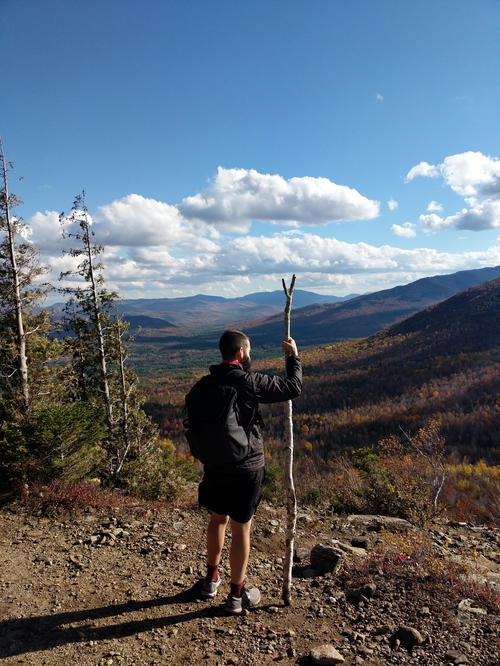
Photography shoots
In the photos you’ll see here, I’m doing headshots and lifestyle photos for a musician (Kara Ali) in NYC. For the entire shoot, I was able to keep my PD Everyday Backpack on my back, rarely setting it down, because I didn’t overload it with weight. It holds the weight evenly because of the interior organizational system, and the ergonomics of the straps keep it set on my back.
I’ve also gone hiking and biking and road-tripping with a photo setup in this backpack. It’s been my #1 backpack choice when we go out of town to shoot lifestyle photos, and even if we’re out for a few hours, maybe at the nearby lake with our daughter, I’ll take it as a light photo bag, knowing it has versatility.
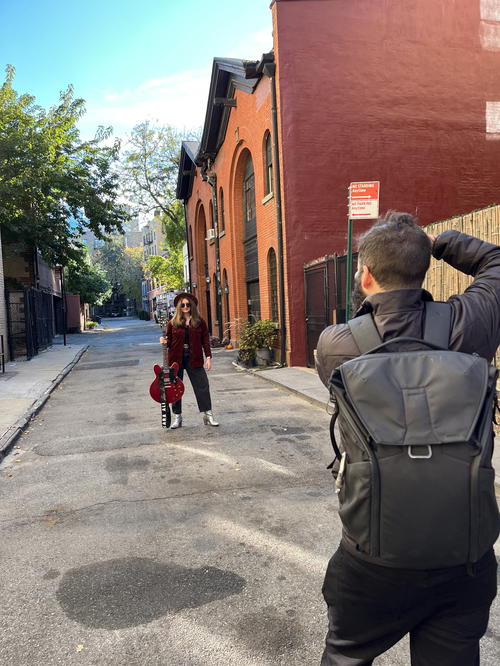
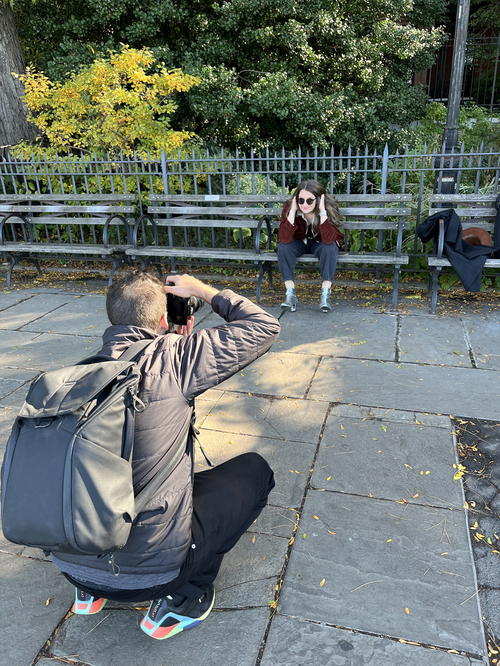
Business trips
I don’t travel for business all that often, but when I was choosing my luggage setup, Becca strongly suggested that I opt for a carry-on suitcase, paired with my PD Everyday Backpack as my personal item. She said, undoubtedly, it’ll perform as a business-ready laptop backpack for going to a client site, and it’ll be handy at the airport.
She was right. I traveled for a week with my 20L Everyday Backpack and I have no regrets. After taking all the beating from years of world travel and backpacking, it looked great when I showed up at the office, ready for a day of meetings.
Day to day
I’ve used the Everyday Backpack as a commuter backpack, and as a “we’re-just-out-for-the-day” backpack in NYC, or short day trips to the beach or to the woods. I can fit a windbreaker, my glasses case, my laptop, a water bottle, some photo gear (as an option) and a spare T-shirt in the divided compartments.
I’m not the only one: this iconic backpack is easy to pick out in a crowd, like if we go to the zoo with our toddler and I see another guy wearing it in gray. I want to give a nod of approval.
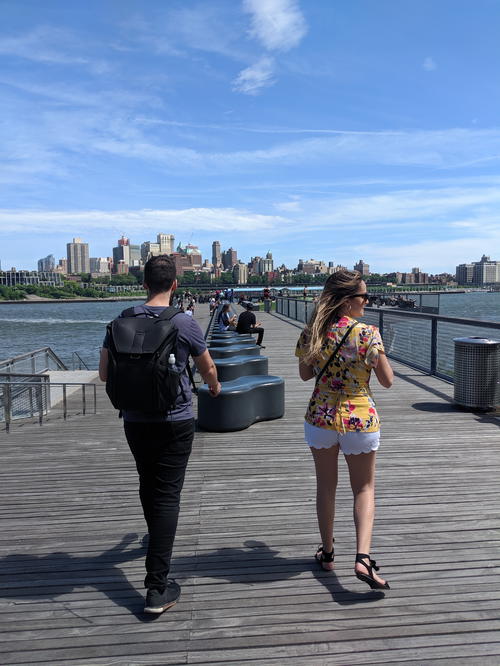
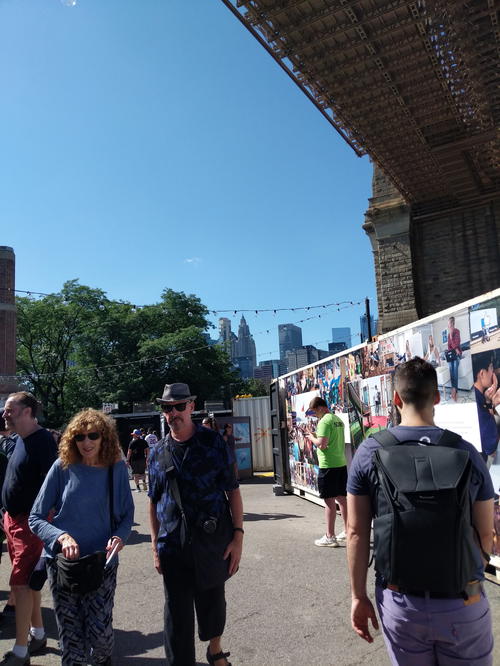
Main features to know about
I’ve listed the main highlight features, even though there are so many more to discuss! Keep in mind that I have the original Everyday Backpack in the 20-liter size and the new “v2” version in the 30L size. I have both backpacks in Black.
FlexFold divider system (3 dividers)
The customizable interior divider system is specific to this Peak Design backpack, and when I first started using the bag, it was the first time I had used a divider system for organizing my stuff.
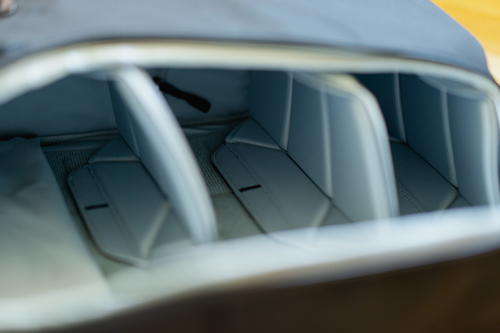
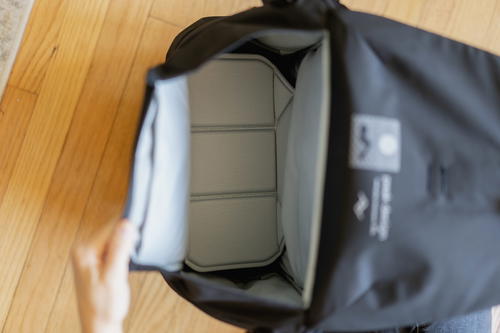
Typically, I will use one divider compartment to house my camera body, and usually I’ll even have a lens attached. In another divider, maybe the top one, I’ll have a rolled-up sweatshirt or windbreaker, for any changes in weather. On the last divider, I’ll have my sunglasses or glasses case, an extra lens and some accessories or a snack.
While the divider system doesn’t let you “squish” or “compress” as much stuff as you would into a bag with a single main cavity, I like that my things are separated, my camera stays safe and I know where things are when I use the side access points.
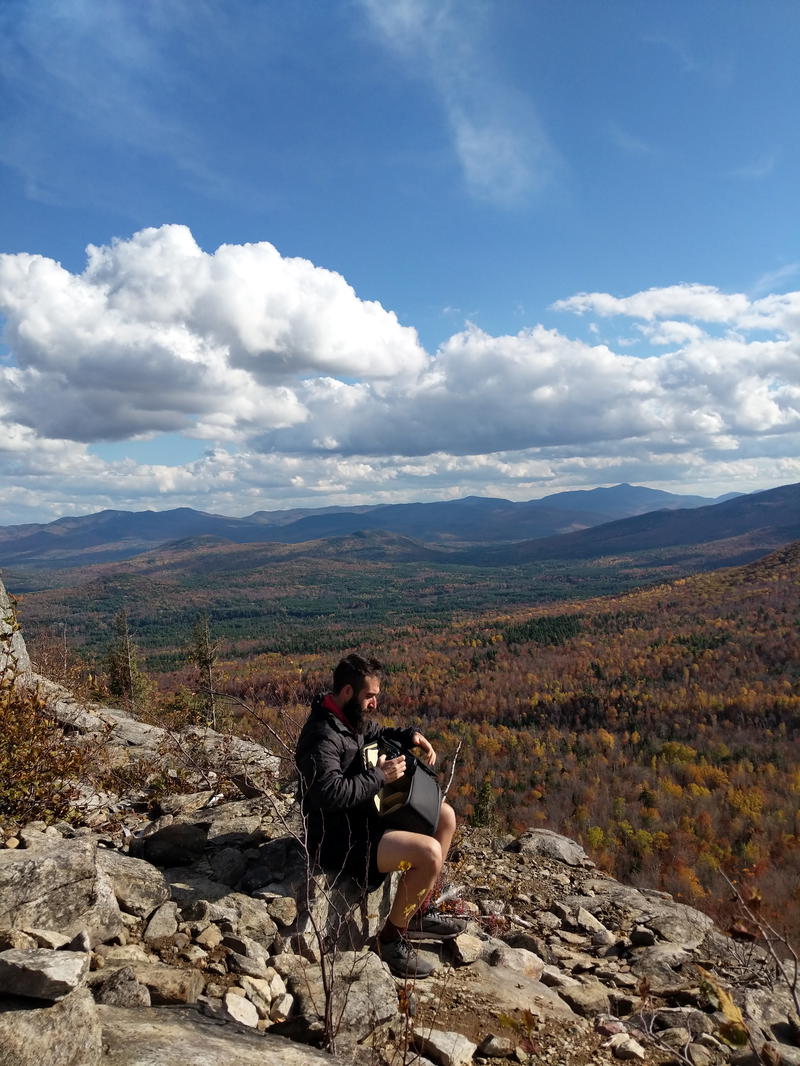
Helpful travel functions
My typical travel and flight backpack setup is my Peak Design Travel Backpack (45L) and my Peak Design Everyday Backpack (20L version). It’s a winning combo, and you can read my Peak Design Travel Backpack review to see why.
However, I recently took a business trip and chose to go with our Quince carry-on hard shell luggage. I used the luggage pass-through for “stacking” the Everyday Backpack on my suitcase, and the grab handles for when I was stowing the backpack as my personal item under the seat on the plane.
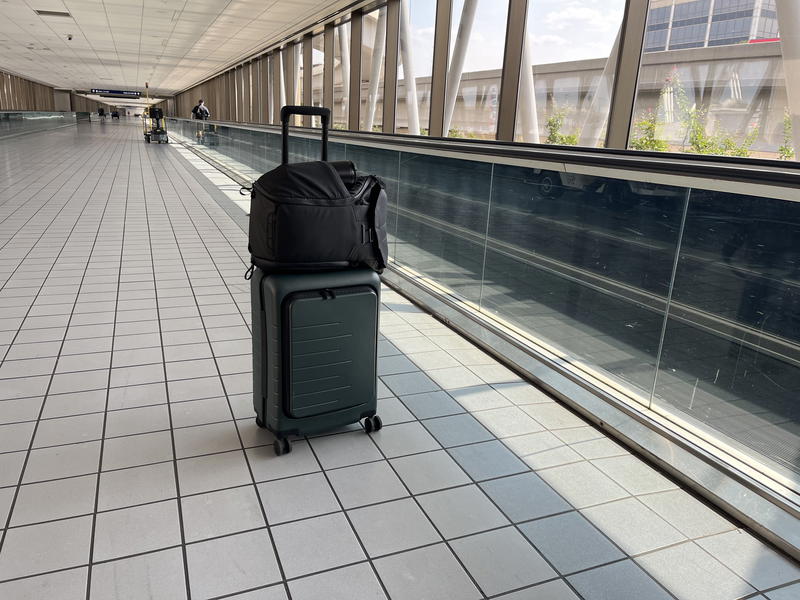
Weatherproofing
It wouldn’t be a top-rated Peak Design backpack if there weren’t a ton of ways to protect all your valuable stuff when using the Everyday Backpack. For the number of trips I’ve been on with this bag, there’s been a high chance of rain, snow, sleet and general “whatever” in weather patterns.
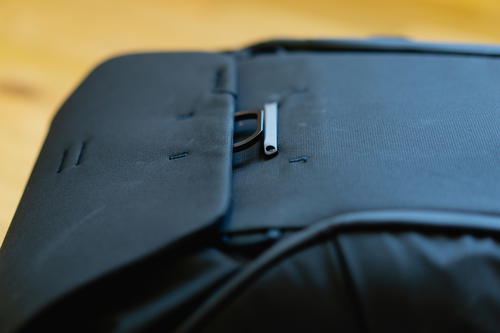
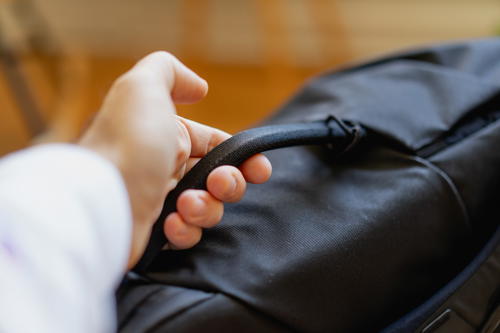
I’ve felt pretty safe knowing that this backpack has the following for my tech, photo gear and essentials:
- Waterproof zippers: possibly one of my favorite features of most Peak Design products
- Top closure flap: The closure flap with the MagLatch hardware lets rain glide off its surface, rather than dampen the interior of the backpack.
- The doubly-coated waterproof nylon material is incredibly durable (my backpack still looks new) and repels weather elements.
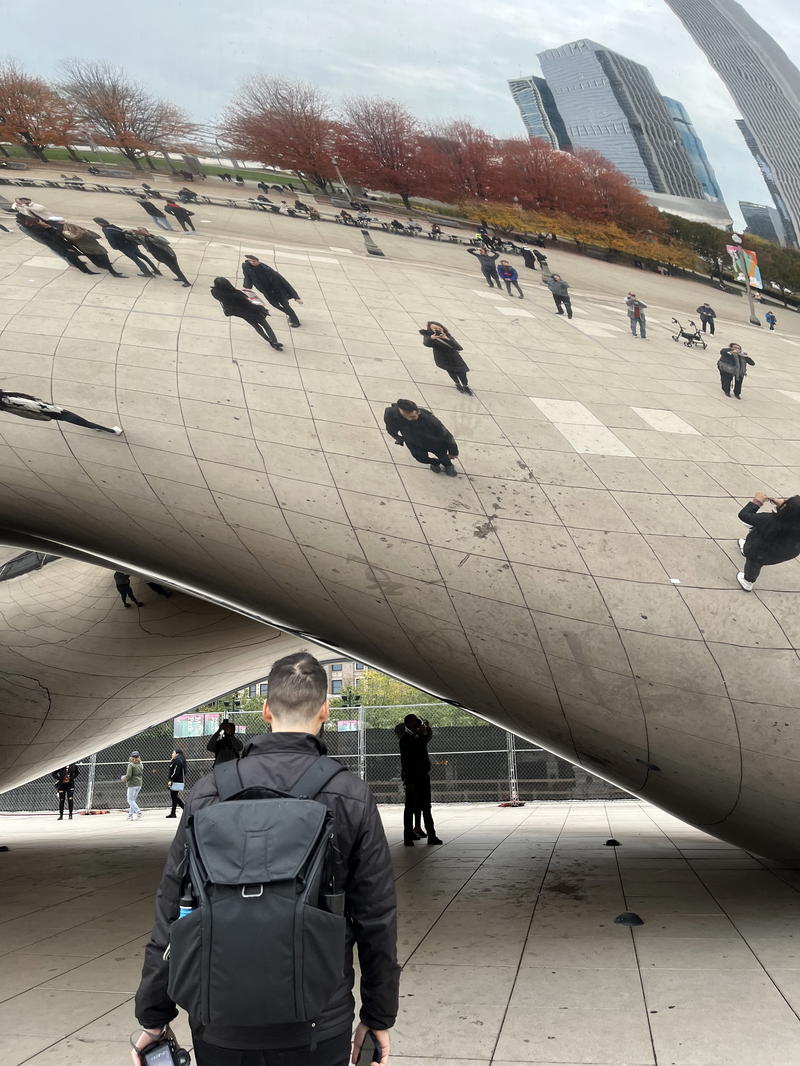
Anchor Link key tether
This is a new feature on the current version of the Everyday Backpack, and I have that version in 30L. Basically, this backpack now comes with a way to securely attach your Peak Design camera strap or neck strap for a sure attachment while you’re wearing it and shooting photos.
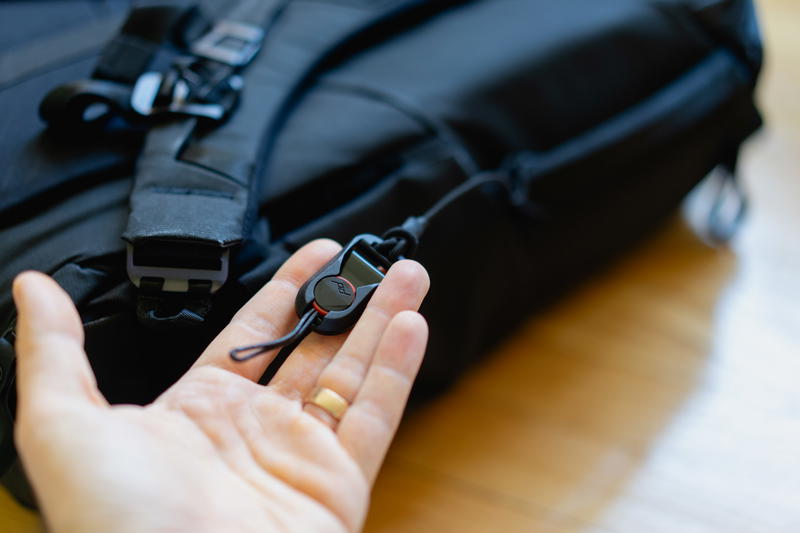
Internal slip pockets
These are new in the v2 backpack. These nifty stretch pockets with zippers on the side flaps are meant to store valuables and essentials like a passport, keys, a wallet or your phone. It’s helpful, because I use the side zips a lot (rather than the top flap access), so having even more zippers at my fingertips is a plus.
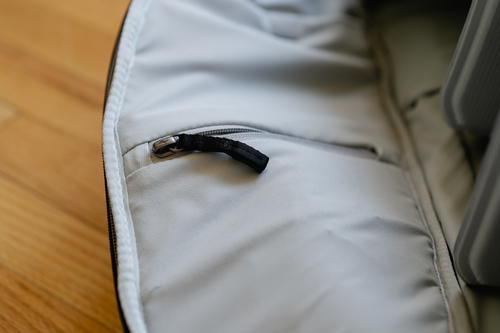

External side pockets on both sides
My main use of the two side water bottle pockets has been for my giant YETI, but I’ve simultaneously had a tripod folded up and tacked into one pocket. That has been really handy for having an “exterior spot” to keep a tripod when we’ve been out shooting somewhere and I want to have a tripod at the ready.
Colors
Compared to other Peak Design products, the Everyday Backpack comes in a lot of the fantastic timeless colors: five, to be exact. It even comes in the newest Peak Design colorway, Coyote gold (with a slight diamond criss-cross design). Like I mentioned in “Cons” in the beginning, the only color in which both sizes are not available is Ash Gray.
Criticisms
Here, I’m coming up with some areas where you may have doubts about this backpack. I’ll tell you everything I know about each topic.
Overall volume and capacity
One of the only criticisms I can come up with for this bag is that photographers and avid travelers might be looking for a backpack slightly larger than 20L, and slightly smaller than 30L, with 25L as their “happy medium” volume.
I know that for me, I can name quite a few 25L backpacks I have in my arsenal (take, for example, the Nomatic McKinnon Camera Pack at 25L, which I’ve used as both a flight personal item and daytime camera backpack). 25L seems like a good amount of space, especially if you’re a broad or tall guy whose body can support the size of a 25L backpack for the day.
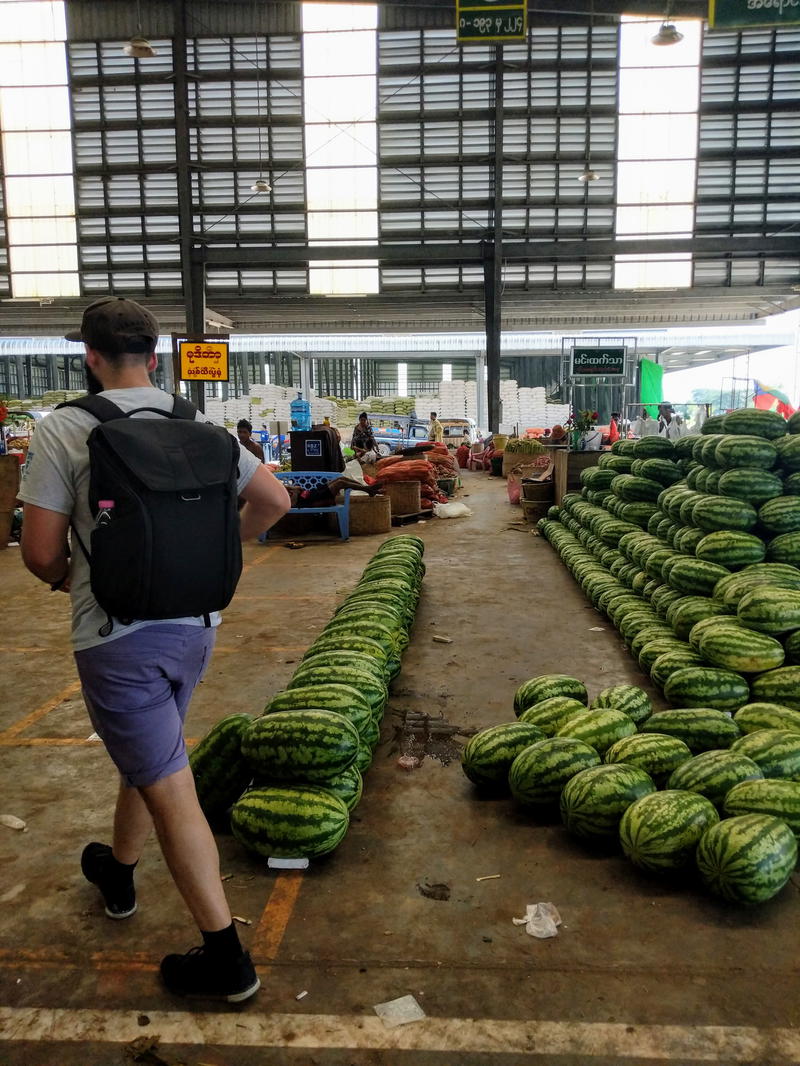
Price point
I know what you’re thinking: for $279.95, isn’t this backpack more expensive than the average piece of hard shell luggage? And you may be right.
I think my main gist of Peak Design products that I want to relay to you is that you use them, and you’re aware of just how exquisite the quality is. PD products have every feature that you could want, built into them, with no design flaws and no issues with quality.
If this is a backpack you’re going to use for a decade, the price tag becomes a no-brainer, as I see it. For the amount of use I’ve had with this backpack in only five or six years, the price I paid becomes irrelevant. This backpack has performed, functioned and held up, like magic.
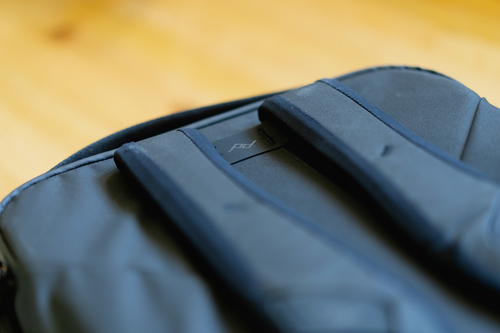
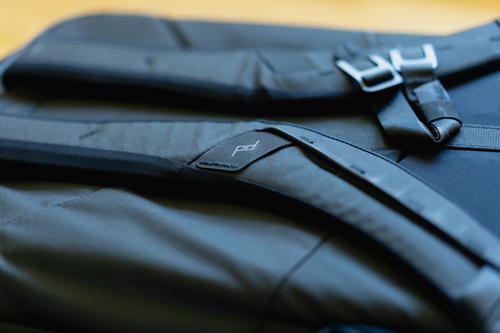
Should you buy it?
I think I’ve made my opinion clear about this backpack, and my answer to this question is a resounding “yes.” I’ve named this bag one of the best backpacks for photography for a reason!
As you can see in the heaps of photos of me wearing this backpack all over the world, it should be no surprise that I think it’s an indispensable backpack for so many uses (travel, photography gigs, business trips and everyday commuting).
If you’re in the market for replacing your current tattered-up backpack and you’re ready to make a jump into the Peak Design ecosystem, I can only say that the Everyday Backpack is a great product for this type of start.
Peak Design Everyday Backpack
4.71 / 5
The Peak Design Everyday Backpack is Dan's top-performing travel and photography bag with exceptional versatility, weatherproofing and thoughtful design features that make it perfect for daily carry, business trips and photography shoots.
Carry comfort & fit
92%
Excellent ergonomics with well-designed straps that distribute weight evenly. The backpack stays comfortable even during extended wear and photography shoots, with good weight distribution.
Camera gear organization & access
96%
Outstanding FlexFold divider system with 3 customizable dividers provides excellent organization. The side access zippers make it easy to reach items without opening the main compartment.
Materials & build quality
98%
Exceptional durability with doubly-coated waterproof nylon material that still looks new after years of heavy use. The materials are incredibly durable and weather-resistant.
Weather resistance
96%
Excellent weatherproofing with waterproof zippers, top closure flap with MagLatch hardware, and doubly-coated nylon material that repels weather elements effectively.
Camera & lens protection
94%
Excellent for camera gear with the FlexFold divider system providing secure storage for camera bodies and lenses. The Anchor Link key tether allows secure attachment of camera straps.
Tripod & external gear carry
90%
Good carry options with grab handles and luggage pass-through for stacking on suitcases. Tripod can be carried in the side water bottle pockets, which works well for external tripod storage. The backpack works well as both a personal item and daypack.
Travel compatibility
88%
Good packability with 20L and 30L sizes available. The 20L works well as a daypack while the 30L is more luggage-like. The divider system limits compression but provides better organization.
Security & closure confidence
92%
Excellent security features with waterproof zippers that resist quiet unzipping from behind. The top closure flap with MagLatch hardware provides additional protection for valuable items. Side access zippers are secure, and the ambidextrous design means both sides offer equal security. External pockets are well-protected, though lockable zippers aren't mentioned.
Versatility for photography & travel
98%
Extremely versatile - works as a day bag, photo shoot backpack, travel personal item, hiking daypack, and business laptop backpack. The multiple use cases demonstrate exceptional adaptability.
Overall value for price
92%
Higher price point but excellent value considering the durability, lifetime warranty, and years of reliable use. The pre-owned store offers good deals for budget-conscious buyers.
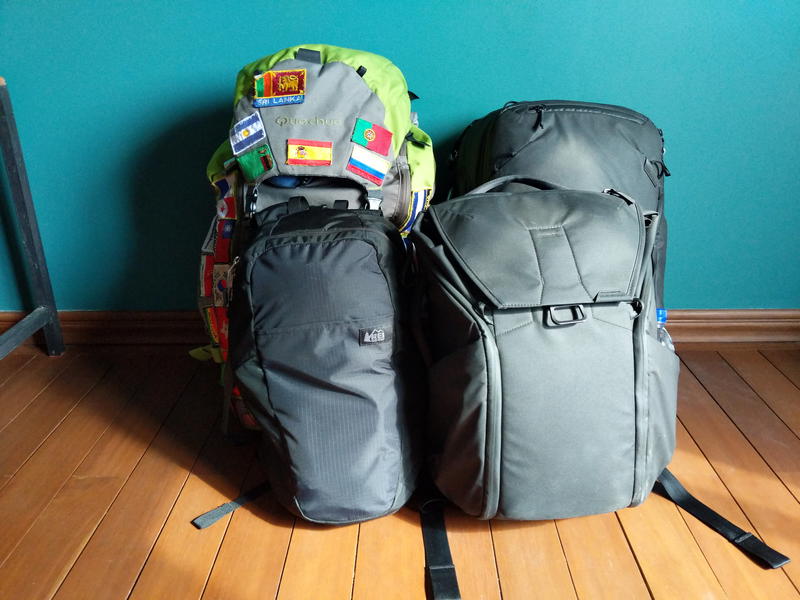
Comparison with similar products
Here's how this product compares to similar options. Use this table to find the best of the bunch!
| Product | comfort↕ | organization access↕ | build quality↕ | weather resistance↕ | tech protection↕ | carry options↕ | packability↕ | zipper quality↕ | versatility↕ | value↕ |
|---|---|---|---|---|---|---|---|---|---|---|
| 4.6 / 5 | 4.8 / 5 | 4.9 / 5 | 4.8 / 5 | 4.7 / 5 | 4.5 / 5 | 4.4 / 5 | 4.6 / 5 | 4.9 / 5 | 4.6 / 5 | |
| 4.3 / 5 | 4.6 / 5 | 4.4 / 5 | 3.8 / 5 | 4.0 / 5 | 4.2 / 5 | 4.5 / 5 | 4.1 / 5 | 4.7 / 5 | 4.2 / 5 |
20L size vs. 30L size
To me, the difference between a 20L and a 30L backpack is my use for it. I’ll carry around a 20L backpack like a daypack—a bag that looks appropriate on my frame for daily carry.
A 30L backpack, at 10 liters more, is more like luggage. And that’s how Becca and I use a 30L backpack, especially this one.

For the Everyday Backpack in the 30L version, the difference is in:
- How it looks and feels on your frame (personally, it’s too large for a daypack for me)
- Your use (daily carry, or more luggage-like).
- What you want to fit inside (light camera setup vs. more thorough camera setup)
My generalization for the difference in “example camera carry” or “everyday carry” for the 30L Everyday Backpack is either a “more full camera setup” (2 bodies and 3-4 lenses), a jacket and daily basics, or, everything I can fit in my 20L backpack plus a pair of extra shoes, a larger jacket and a more robust array of snacks (Becca’s idea, if we’re out for the day).
Where to get it
I get all my Peak Design products at the Peak Design online store. It’s the best way to ensure that your Peak Design goods have the PD Lifetime Warranty. There’s also 30-day returns, if you might want to return what you tried out. (P.S. There’s free shipping over $99 on the Peak Design website.)
Here’s a money-saving hint: don’t forget that you can shop Peak Design’s Pre-Owned section for a deal on this backpack as a second-hand buy.
🎒 Found the right gear?
We research and test the gear we recommend, so you can pack with confidence. If our suggestions improved your gear picks, treating us to a coffee keeps the reviews coming.
Help us test more gearYou may also like
-
![]()
Topo Designs Global Travel Bag 30L Review: My Experience Using It
I've used the Topo Global Travel Bag in the 30L size for weekend trips, getaways and hiking. Check out what I like, and what I like less, in this honest review.
-
![]()
Tortuga Laptop Backpack Review: An Essential Personal Item for Travel?
In this review, I check out the Tortuga Laptop Backpack as a travel bag for working remotely and traveling. Is this travel bag worth it as a personal item or day pack?
-
![]()
Moment Everything Backpack Review: Minimalist Travel & Photo Bag
I tested the Moment Everything Backpack! In my review, I cover features of this travel-friendly laptop daypack and photography bag to see if it's worth an investment.
-
![]()
Filson Twill Rucksack Review: A Travel Bag for Life
I review the Filson Twill Rucksack as a travel backpack to have forever, based on how I feel about the quality materials and design. Also, see what I don’t like about it.
-
![]()
Roark 55L Mule Bag: My Thoughts on This Travel Backpack (What to Know)
In this review of the Roark 55L Mule Bag, I'm mainly talking about the benefits of this travel backpack, as well as the shortfalls, so that you can know more about its intricacies before you buy. Also, see comparisons to other popular travel backpacks.
-
![]()
LeSportSac Everyday Belt Bag Review: Lightweight Packable Waist Pack
I’ve carried the LeSportSac Everyday Belt Bag from Guatemala to Mexico and on countless NYC adventures. Here’s why it’s still my lightweight go-to waist pack for daily essentials.
